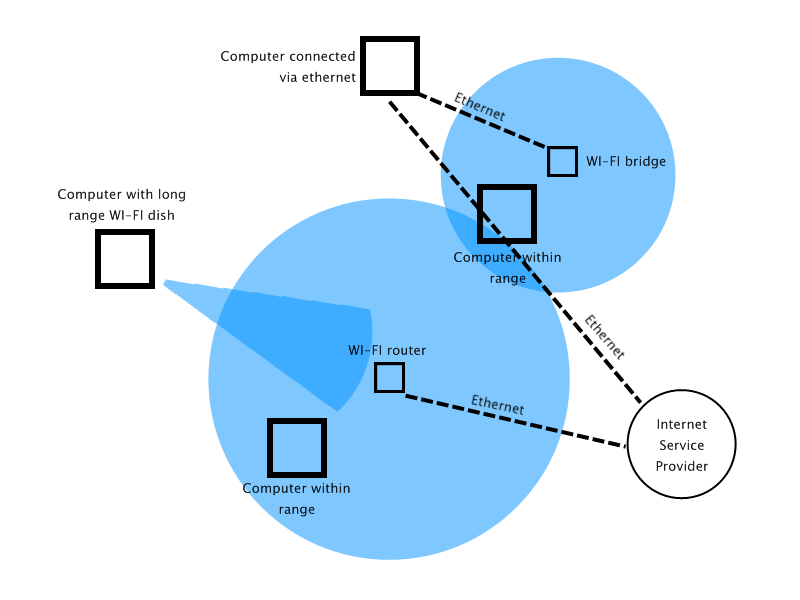
- Image via Wikipedia
At a major sporting event I attended recently, it proved impossible to get a connection on a mobile network that was swamped as many of the 100,000 strong crowd attempted to contact friends and family.
While the influx of calls was the result of a thrilling draw, it highlighted the weakness of overloaded communications networks that would struggle in the event of a disaster in a heavily populated area. A new system being developed by researchers at Queen’s University Belfast could turn this weakness into a strength by allowing members of the public carrying wearable sensors to form the backbone of new mobile Internet networks.
The system being investigated by engineers from Queen’s Institute of Electronics, Communications and Information Technology (ECIT) is similar to the mesh network “batphones” being developed by researchers in Australia and the new device-to-device wireless technology developed by the Wi-Fi Alliance. It would create new ultra high bandwidth mobile Internet infrastructures through the use of small sensors carried by members of the public in devices such as next generation smartphones. These sensors could communicate with each other, transmitting data to create potentially vast body-to-body networks (BBNs) to provide ‘anytime, anywhere’ mobile Internet connectivity.
Dr Simon Cotton, from ECIT’s wireless communications research group said: “In the past few years a significant amount of research has been undertaken into antennas and systems designed to share information across the surface of the human body. Until now, however, little work has been done to address the next major challenge which is one of the last frontiers in wireless communication – how that information can be transferred efficiently to an off-body location.
“The availability of body-to-body networks could bring great social benefits, including significant healthcare improvements through the use of bodyworn sensors for the widespread, routine monitoring and treatment of illness away from medical centers. This could greatly reduce the current strain on health budgets and help make the Government’s vision of healthcare at home for the elderly a reality.
The Latest Streaming News: Body-to-body networks updated minute-by-minute









